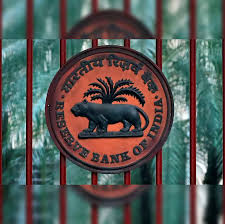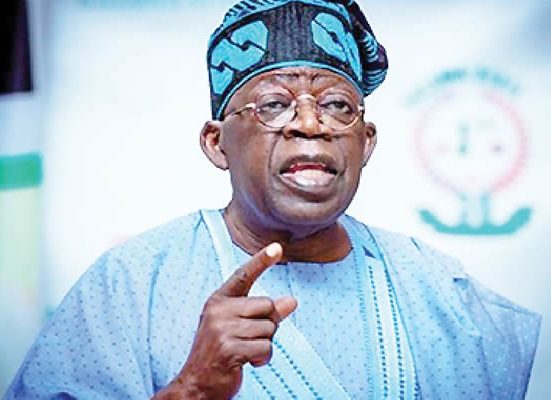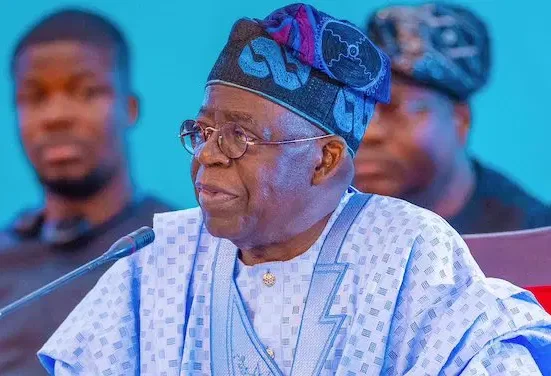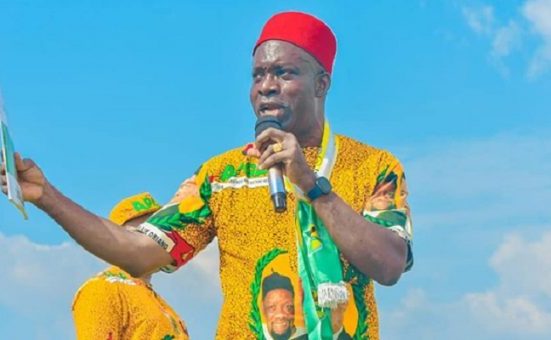India’s central bank has made a decisive move to cut interest rates for the second time this year, citing the impact of US President Donald Trump’s tariffs and ongoing global economic uncertainty. The Reserve Bank of India (RBI) announced a 25 basis point reduction in the benchmark repo rate, bringing it down to 6 percent, New Delhi, India – April 8, 2025.
This rate cut comes at a time when India is facing mounting economic pressures, exacerbated by the escalating trade tensions between the United States and its trading partners. Trump’s tariff policies, which notably include a 26 percent levy on goods from China, have intensified challenges for the Indian economy. Despite not being a manufacturing powerhouse like China, India is expected to feel the effects, particularly in sectors such as gems, jewelry, and seafood exports, which could see billions of dollars in losses.
The RBI’s decision to reduce rates was made in response to a slowdown in India’s economic growth. According to economists, the trade tariffs imposed by the US are likely to further weigh on India’s GDP growth, with Goldman Sachs revising its forecast for the fiscal year down from 6.3 percent to 6.1 percent. The RBI itself downgraded its GDP growth projection for the current fiscal year from 6.7 percent to 6.5 percent, citing “challenging global economic conditions” and heightened uncertainties caused by the trade tariffs.
RBI Governor Sanjay Malhotra, speaking in Mumbai, noted that the global economic outlook has become increasingly volatile, with concerns over trade frictions affecting growth projections. He remarked that the year had begun “on an anxious note” for the global economy, and the trade tariff measures were “unsettling the global community.”
The RBI’s monetary policy committee (MPC) highlighted that the benign inflation environment and the moderate growth outlook for India allowed for the rate cut, in a bid to stimulate economic activity. “In such challenging global economic conditions, the benign inflation and moderate growth outlook demand that the MPC continues to support growth,” the committee said in its statement.
India’s economy, which was projected to grow at a rate of 9.2 percent in 2023-24, is now expected to face slower growth in 2024-25, marking the lowest pace since the aftermath of the COVID-19 pandemic. Analysts have pointed to sluggish urban consumer sentiment, a slow-moving manufacturing sector, and reduced government spending as contributing factors to this deceleration.
In response to the global economic turbulence, New Delhi has taken a cautious approach to Trump’s protectionist policies. The Department of Commerce recently indicated it is evaluating both the “implications” and “opportunities” arising from the situation, especially after rival manufacturing nations were hit harder by the increase in US tariffs. Meanwhile, India and the United States are in the process of negotiating a bilateral trade agreement, with hopes of finalizing the first phase by the autumn.
Commenting on the RBI’s decision, Shilan Shah from Capital Economics stated that the rate cut was expected, given the sharp decline in inflation and the mounting headwinds from US tariffs. Shah also suggested that further rate cuts may follow, particularly as the uncertainty surrounding US trade policies persists and inflation remains under control.
As India navigates these challenging global dynamics, its central bank’s actions reflect an ongoing effort to cushion the economy against external shocks and stimulate domestic growth in an increasingly unpredictable world economy.







